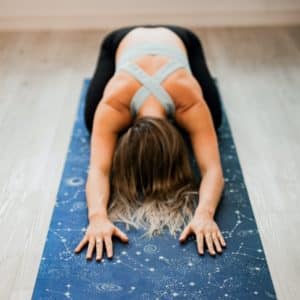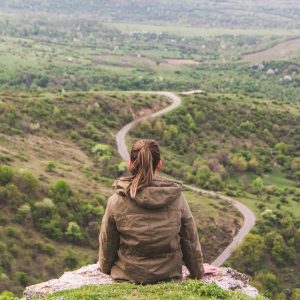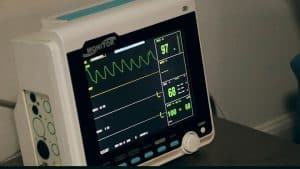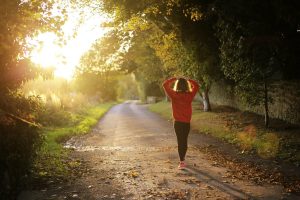Midlife Muscle Building



Refresh your connection between breath, body, and mind with this accessible yoga class. We’ll explore movement in a supportive practice that will help you stretch, strengthen and de-stress.
This is a small class designed for those of us who are returning to in-person yoga, returning to yoga, and new to yoga. We’ll explore, unwind and have fun.
Classes will incorporate the use of Yoga Tune Up® self-massage tools to help relieve specific muscle tension. These and other props will be supplied. Please bring your own yoga mat.

This is also part of the archetypal hero’s journey: The classic human experience of traversing challenges toward satisfying and deep transformation.

Even if you’re unsure of the details, many of you know that exercise reduces our risk of serious infection by addressing co-morbidities (health conditions like diabetes and heart disease that make us more susceptible to complications from illness). For example, a balanced exercise routine improves how our body uses oxygen (i.e. “cardiorespiratory fitness”), balances blood sugar, and balances the immune system. Stress can also be a risk factor for illness, and exercise is a HUGE stress-relieving activity for many people. But it’s a bit of a catch-22 if stress also inhibits your ability or willingness to exercise.
The gut microbiota are microorganisms or bacteria that reside in our intestinal tract. Everyone has approximately 100 trillion microorganisms within their digestive system! Each person has a unique collection and assortment of these bacteria which are unique as our fingerprints. These gut bacteria play a fundamental role in shaping our metabolism, neuronal, and hormonal (endocrine) systems.
Microorganisms also impact our immune function and if dysfunctional, can contribute to problems such as obesity, diabetes, inflammatory bowel disease or depression. There are many research articles that show that the administration of certain strains of gut bacteria to rodents, results in decreased anxiety and depression.


People have a general tendency to fear the unknown. Oftentimes, we’d rather stick with what we know because it’s familiar and, well, let’s face it, the familiar is comfortable. When we look into a future of unknowns it tends to feel largely out of our control, and this lack of control is what tends to make us feel stressed. So, when we think about starting something new, we might hesitate, make excuses, or save the change for “one day when…”
How is it, then, that you can stop procrastinating and actually make change happen?

A study was conducted that evaluated the effectiveness of preventive strategies and drew conclusions on the best practice for injury prevention. This study reviewed 154 clinical papers and found that preseason conditioning and education were the best protective tactics to fight in-season injuries.

There are many things that affect your risk for osteoporosis, with the primary modifiable factors being smoking, drinking and a sedentary lifestyle. However, the following exercises can help prevent or limit the effects of osteopenia and osteoporosis:
Strength Training: By using resistance of some type, whether it be weights or bands, we strengthen the muscle and, most importantly for osteoporosis, we strengthen the bone where the muscle attaches. Many women, who are more at risk than men, avoid strength training but this type of exercise is crucial to building and maintaining bone mass and quality. It is key to strengthen the posterior chain (or muscles through the back portion of our body) to maintain good posture and prevent rounding of the upper back (“hunchback”, or kyphosis), which can lead to vertebral fractures for those with osteoporosis.